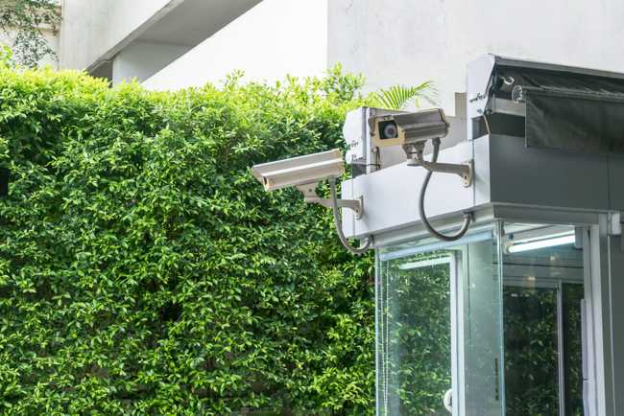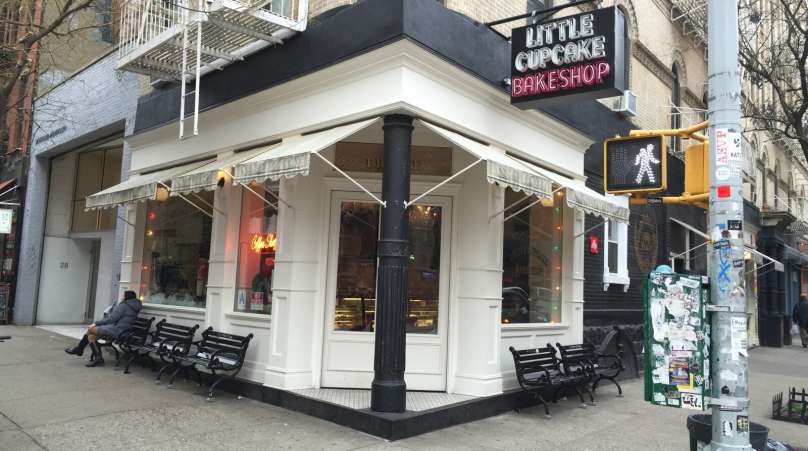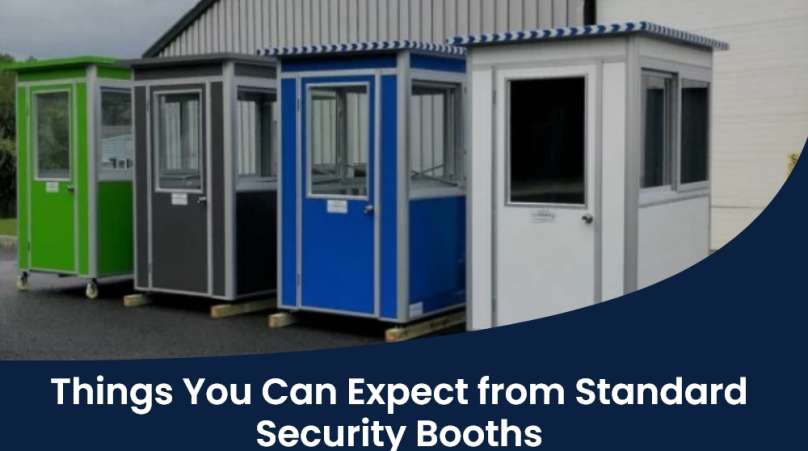Every house of worship needs a church security plan of some type, as well as a a church fire safety plan. From a synagogue to mosque to church to temple , and everything in between, you need to protect your house of worship. Whether it’s fire, vandalism, or violence, the fact is that every house of worship – in every religion and geographic area – can face tragedy at one time or another. Take Notre Dame as an example.
In 2019, the entire world was saddened as a fire ravaged the top of the famed Notre Dame Cathedral in France. Seeing the 12th Century house of worship, invaluable religious relics, stained glass, art and more, being destroyed was a sobering experience. The news has been full of various churches, temples, mosques, and more that have faced even worse horrors at the hands of men recently.
Unfortunately, not every accident, vandalism, and tragedy can be avoided. However, many can. With the right security measures in place, you can help ensure that your cherished building, religious items, and congregation are safe and secure. Developing a church security plan and implementing the following 5-step church security plans will put you on the road to creating a church safety and security plan for your parish, congregation, or other gathering of worshipers.
Step 1: Be Realistic.
When it comes to how to improve physical security for churches the first thing you need to do is take a realistic assessment of your situation. There is no need to panic, but you also don’t want to dismiss any chance of problems and think “it won’t happen here”. Because it can happen anywhere. Find the middle ground by taking a realistic look at your situation.
Consider the issues of physical security you might face as far as accidents or natural disaster. If your building is relatively new, then you probably don’t have to worry as much about poor wiring causing electrical fires, or dead trees looming above. But are there are things that could lead to problems?
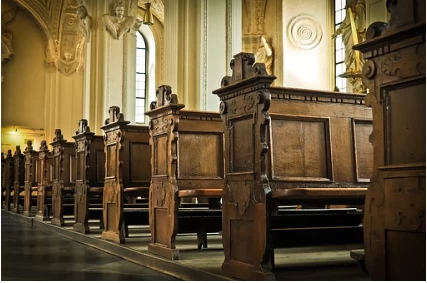
Perhaps you are in a very rural area where your biggest concern is teen vandals on a joyride. Or, you may be in a very urban area, where a gang fight could break out. You may worry about volunteers walking to their vehicles alone at night. Take the time to really walk around your property, think about how it is used, and make a list of which threats seem most likely to be a concern for the house of worship security.
Step 2: Solicit Assistance for Your Church Security Plan
Solicit another worker or a member of your congregation to help you assess the situation and create your security plan. As part of your church safety plan, you may also want to build a small group of volunteers who you know stand ready to jump into action to act as a “safety response team” if there is some type of security problem or tragedy.
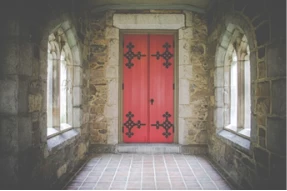
As you are creating this safety response team, identify any members of your congregation that are already specially trained, and solicit their help. Look for people who are (or were) in the military, law enforcement officers, doctors or nurses, or security professionals. Ask members of other congregations if they wouldn’t mind sharing their church security procedures so you can use other’s ideas to serve as church security plan examples for considerations you may have overlooked.
Step 3. Take Stock of Safety Issues.
Remember to practice basic security measures every day. Ensure that all doors have keyed locks and are regularly locked. Make sure that only currently authorized personnel have keys. If you aren’t sure about this, and you can’t remember the last time locks were changed, you may want to consider changing the locks.
During worship services, leave only one external door open for entry (though all doors should open from the inside so that people can get out quickly).
Ask an usher or other volunteer to keep an eye on the entrance.
Make sure that all exits are well marked, and consider having volunteers who patrol the grounds during services.
The addition of church security monitoring is probably a wise idea- church security guards can boost the feeling of congregation safety during gatherings. Simply having the presence of a church security booth on premises communicates your proactive approach towards security, serving as a deterrent to criminals.
Step 4. Fix What You Can and Prepare for What You Can’t
Fix bad wiring, leaks, smoke alarms, etc. Ensure that there are fire extinguishers, a first aid kit, landline phones, and other basic equipment — and that it is all in working order. Fix any problems that you find quickly: Don’t let that broken door lock or loose outlet go another week. Fix it now.

Prepare to handle things that you can’t fix now. For example, consider placing pulpits and other speaking platforms, as well as choir seating and so forth, off to the side so that if an emergency does occur these people are not center stage (where the shooter is likely to head first) and easy targets. With this arrangement, they would be near exits for quick and easy exit in an emergency situation. Create a safety plan for how you will deal with the problems that you identified as most likely to happen; this security training for churches is essential. Ensure that every member of your emergency response team has a copy of the safety plan. Conduct monthly practice of your worship safety plan to ensure everyone is familiar with the procedures.
Step 5: Ramp it Up if Necessary.
If you are very concerned about security, you might take things a step further. You could have your security volunteer team receive some training from a local security company or police station. You can talk to a local police department to see what they suggest for security in your area. You can even have meetings and conversations with your parishioners to see if they want more detailed procedures such as a lock down or active shooter drill.
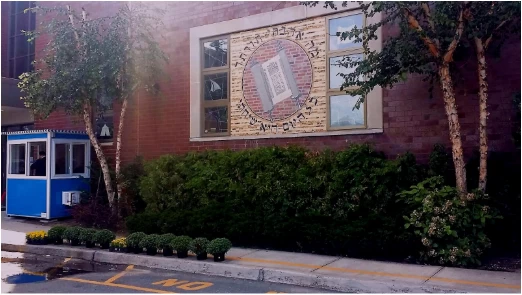
You might even consider employing a security guard to sit in a church booth on premises and monitor at certain times of year, or for specific events or locations. For example, having security at nighttime services might be prudent. Also, consider installing a guard booth that houses monitoring equipment separate from the church. This can be a small building that is disconnected from the main facility, or a purchased manufactured guard booth.
Having a security station away from your main building also means that if an emergency strikes within your building, you have another place to monitor it (via video cameras), communicate with others (through phones, two-way radios, or internet technology in the security booth), and safely manage the situation at a distance. This guard booth can also function as a command center if you ever have a situation or event that requires your bringing in additional security or a security guard. Wherever you have your security center, this is where you should keep two-way radios in case you lose cell signals or want to communicate with the church security guard or others without hunting for a phone list.

Keep Your People Safe and Bring Yourself Peace of Mind
To sum it up, be realistic. Think through what COULD realistically happen in your facility and draft your house of worship and church security plan accordingly. Check your physical security systems regularly . But remember that the point is to create safety as well as peace of mind for all. Do not be alarmist. Do not make such a fuss about everything that it erodes your peace of mind and that of others. Pray to God for guidance, talk to others in your field, and do what you feel is best.
If you want to learn more about keeping your worship facility safe, talk to your local police department, or check out this informative website on safety in a house of worship and improving church security. Also, check out e informative article:

